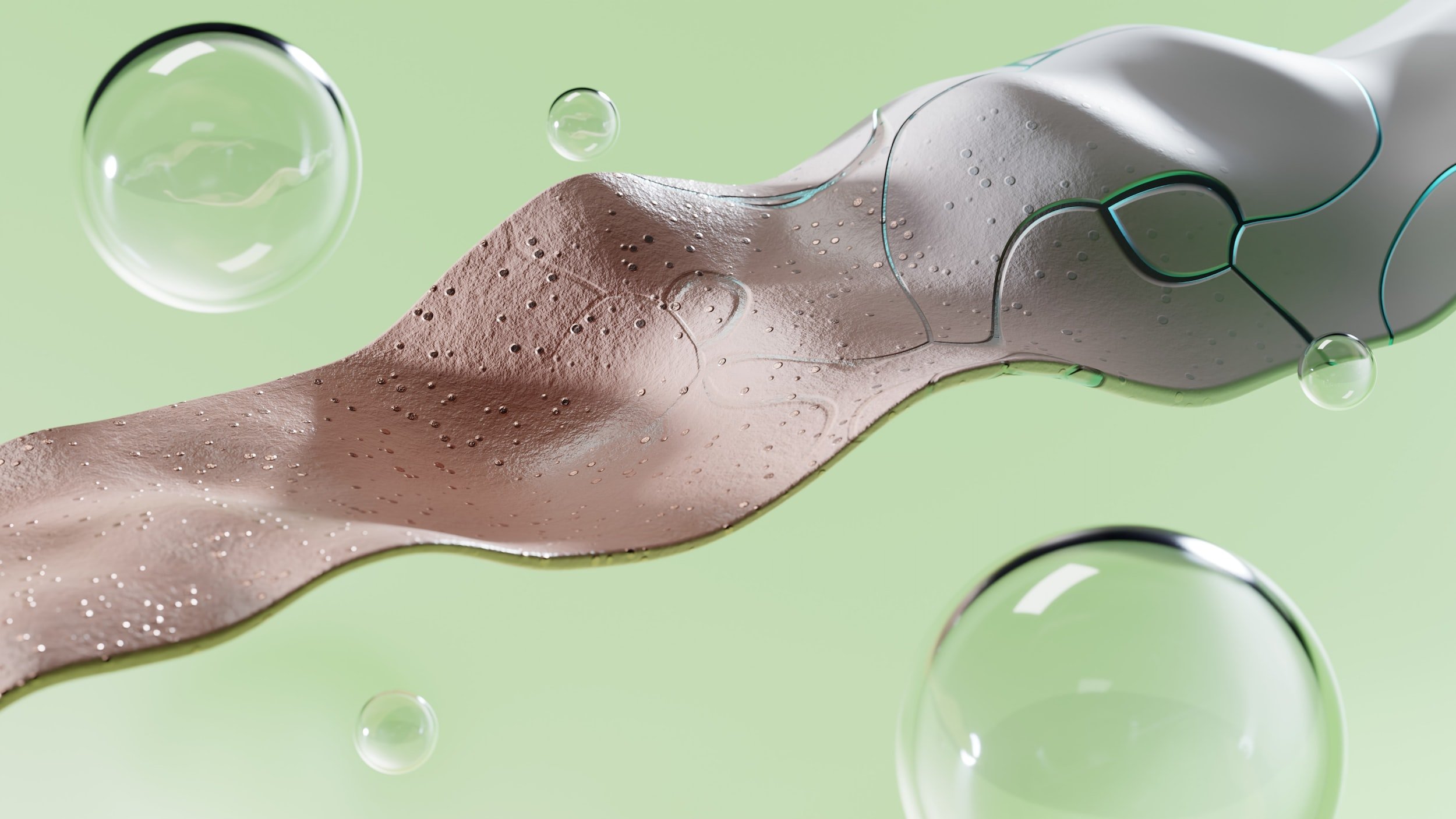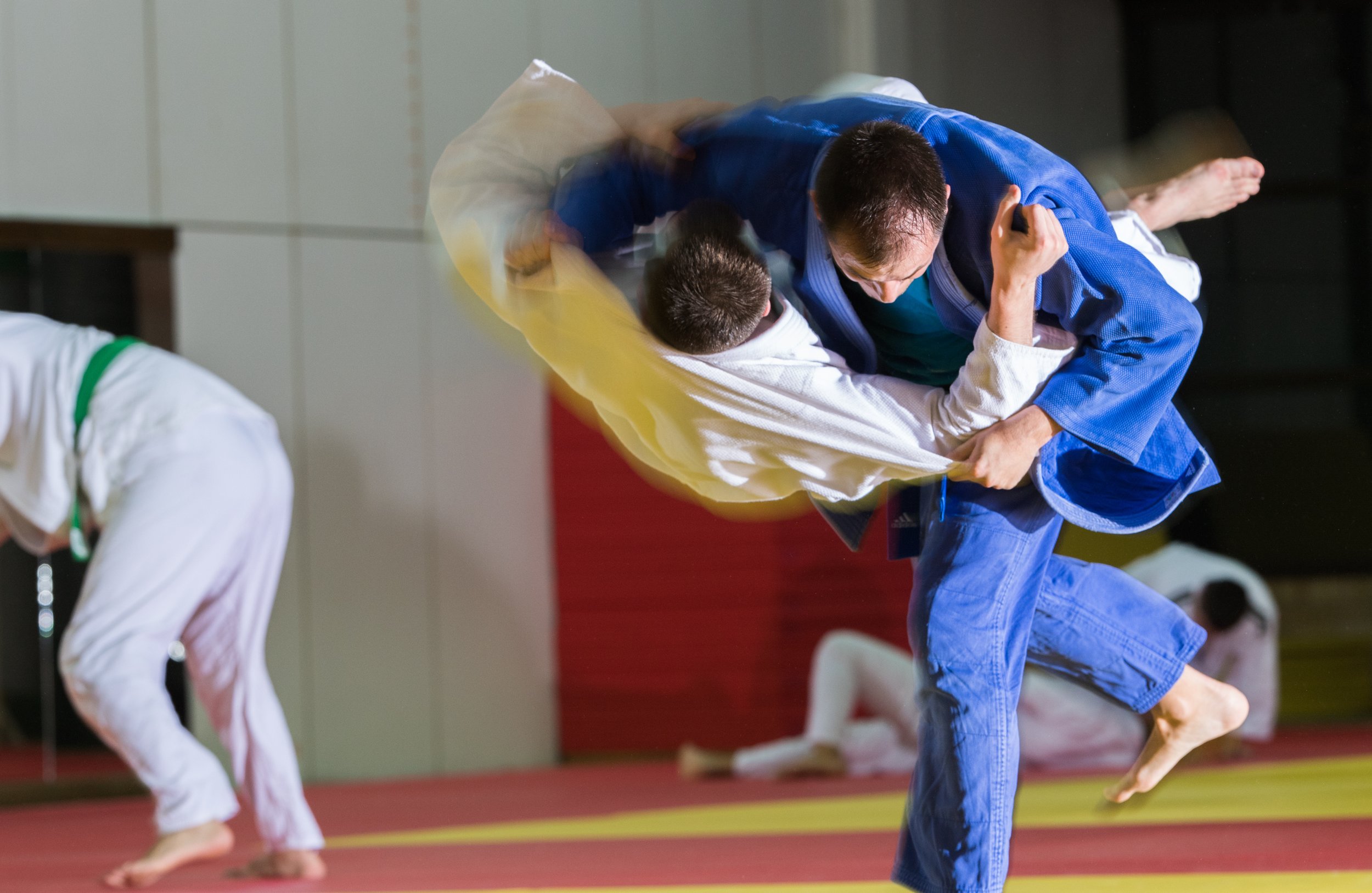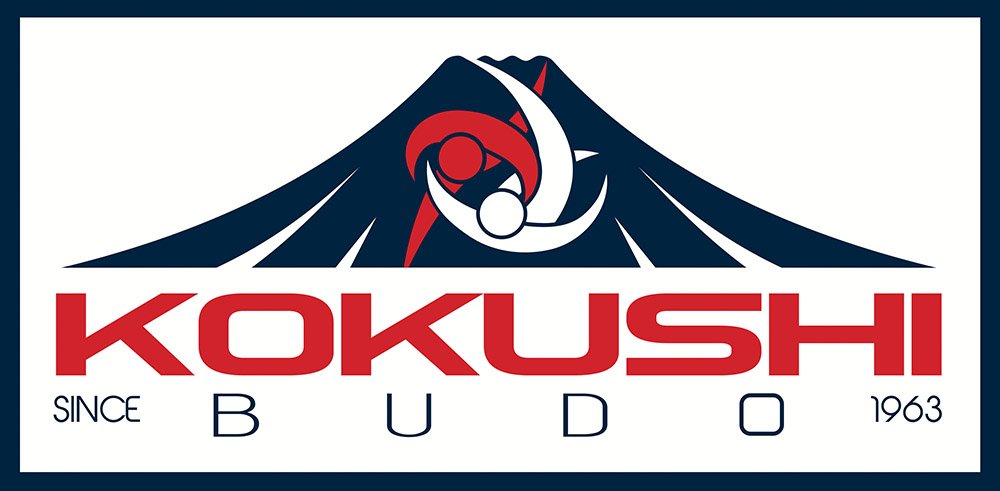

Karate

Traditional karate was developed in the Okinawa prefecture, where the conquering Shimazu clan of Japan had prohibited the use of weapons for the people of Okinawa. For the people of the prefecture, it became a necessity to develop hand-to-hand fighting techniques. This is the origin of karate (meaning “empty hands”). Nearly 300 years later, karate was formally introduced to mainland Japan by Gichin Funakoshi, the man who is honorably referred to as the father of modern karate.



“Maximum efficiency”
Similar to what Kano Sensei did for judo, Funakoshi Sensei did for Karate. He formalized karate into a system of techniques and forms. He created Shotokan karate, which continues to be one of the most practiced styles of karate in the world today.
Since Funakoshi, karate has spread into many different styles with each sharing similar skills and knowledge. As our school founder, Nobuyoshi Higashi says, “the basic principle of karate is the same everywhere. You may practice any style of karate, and if you train hard, you will be performing karate in the best tradition of the art.”



In this spirit, we have been teaching traditional karate at our dojo for over five decades.
Our style, Kokushi-Ryu Karate, has its roots in the Shotokan and Kyokushin styles. Nobuyoshi Higashi trained Shotokan karate in Japan. After attaining his black belt in Shotokan, he continued his training under Mas Oyama, the legendary founder of the Kyokushin school of karate. Sensei Oyama also awarded him his black belt. These two schools would shape the structure and techniques of what we know today as Kokushi-Ryu Karate. While in the United States, Higashi Sensei furthered his training by studying karate with Tadashi Nakamura, the founder of the Seido school of karate.
Our karate has been influenced by the major karate styles of this century.
In keeping with the traditions of many karate masters, Nobuyoshi developed his own style of karate to complement his jiu jitsu and judo training. While it was once considered a sparring heavy karate style, today we focus on forms, timing, footwork, and fighting range when teaching karate. These changes make it accessible to everyone. As taught now, karate can accommodate anyone who simply wants to learn a traditional martial art. It’s an excellent starting point when developing striking, discipline, and overall fitness.

Get Started
If you want to experience this dynamic, challenging, and fun martial art contact us today to try a class!
Please see our schedule for our most up-to-date class times.






